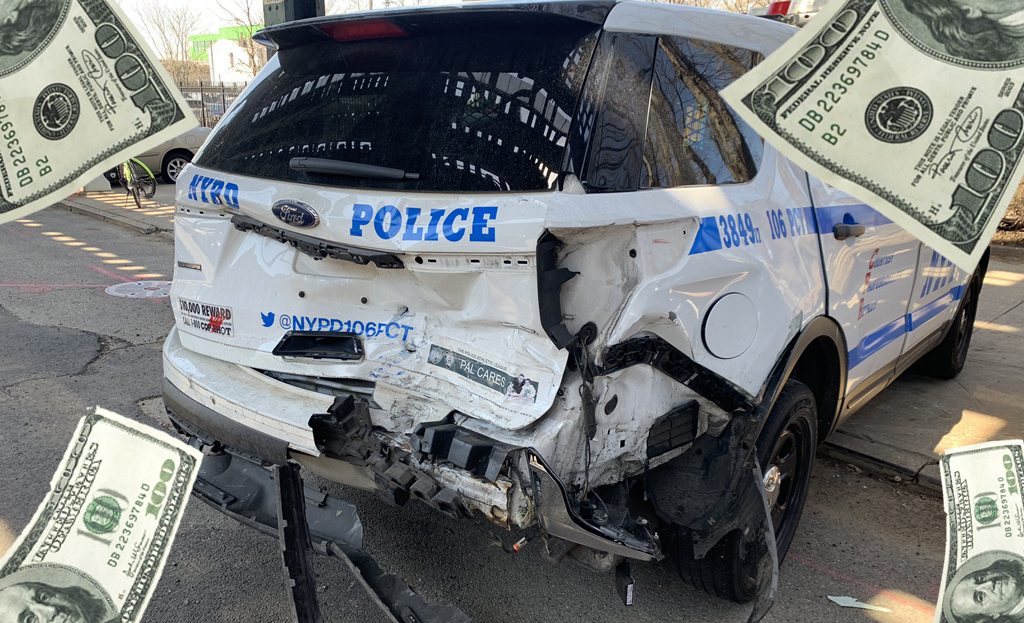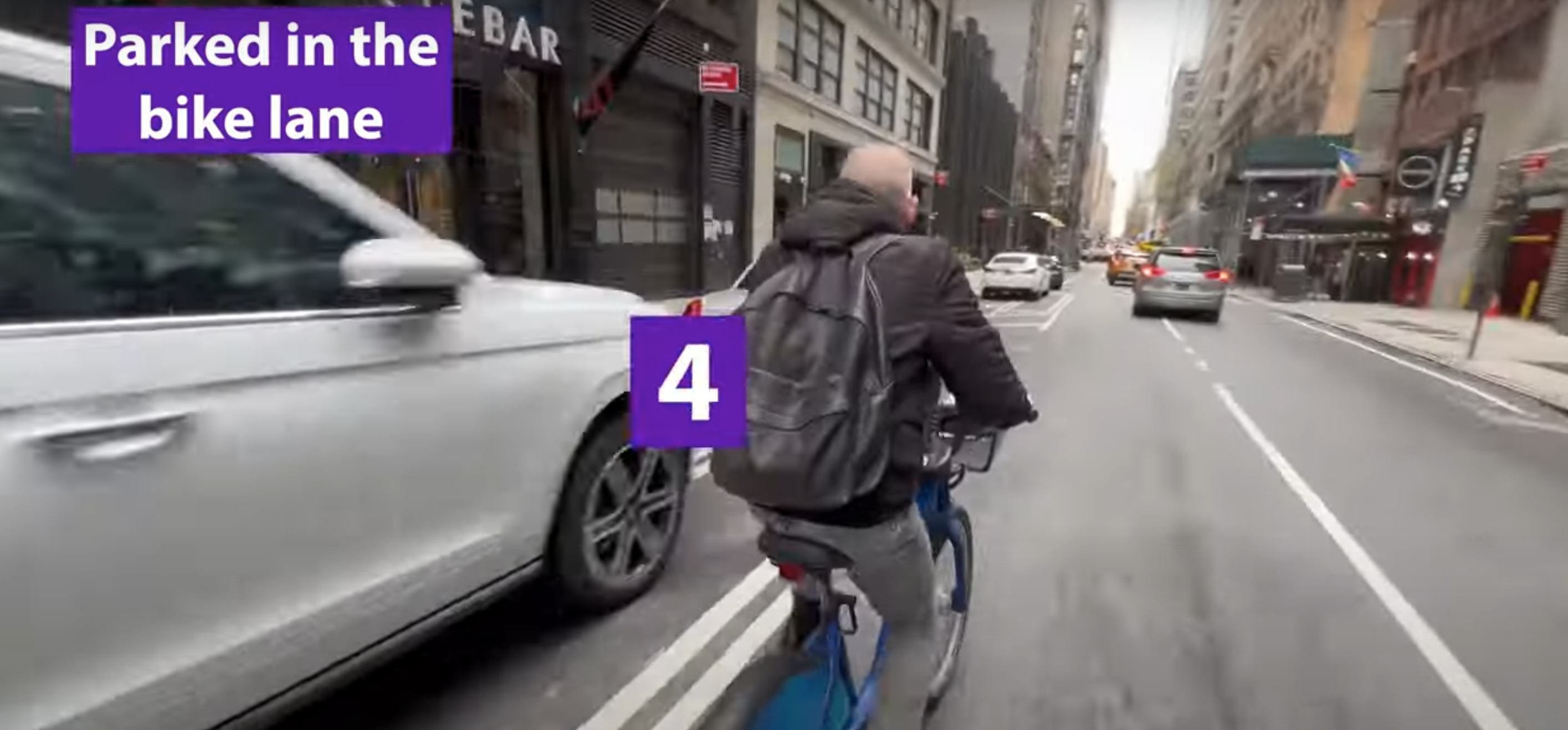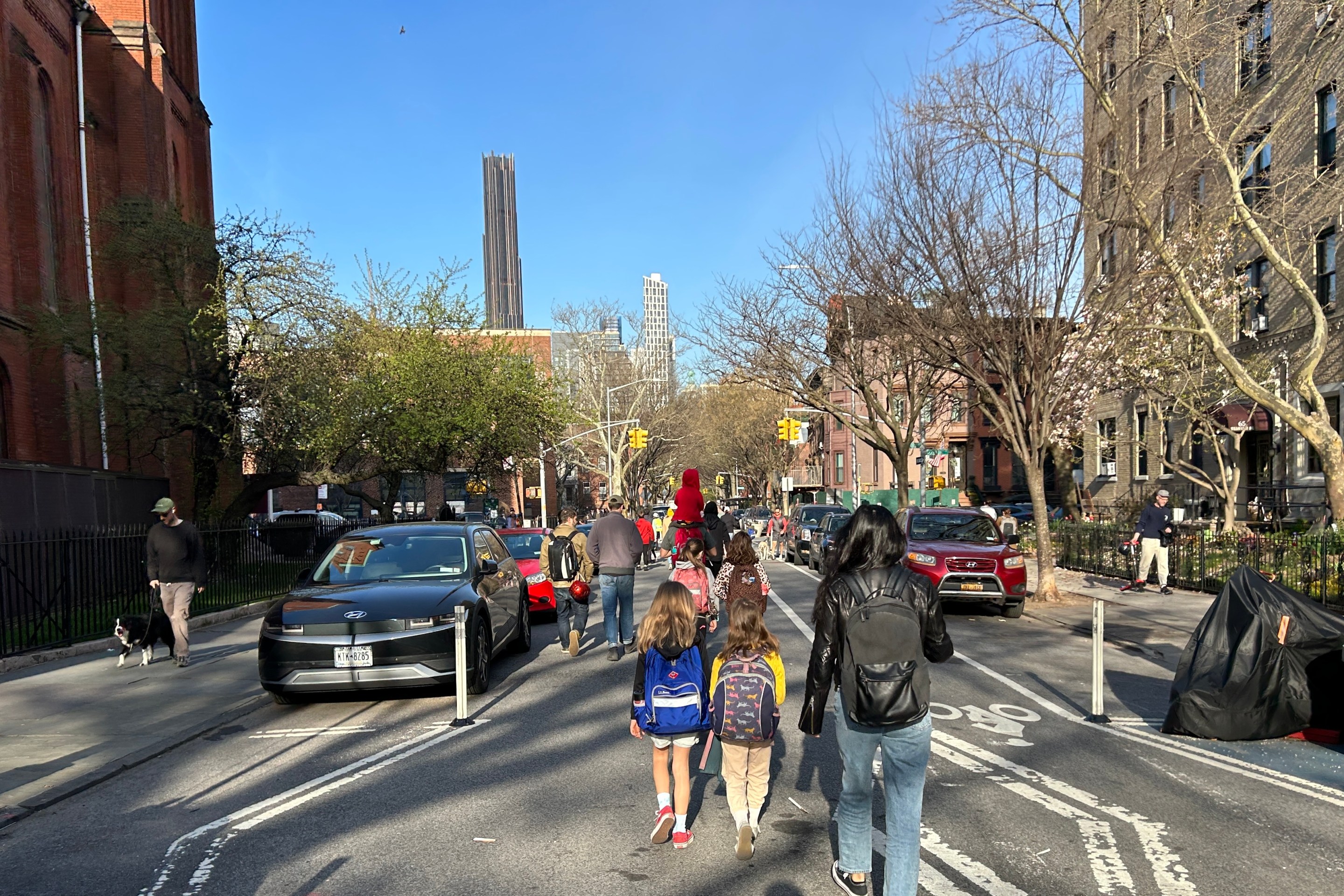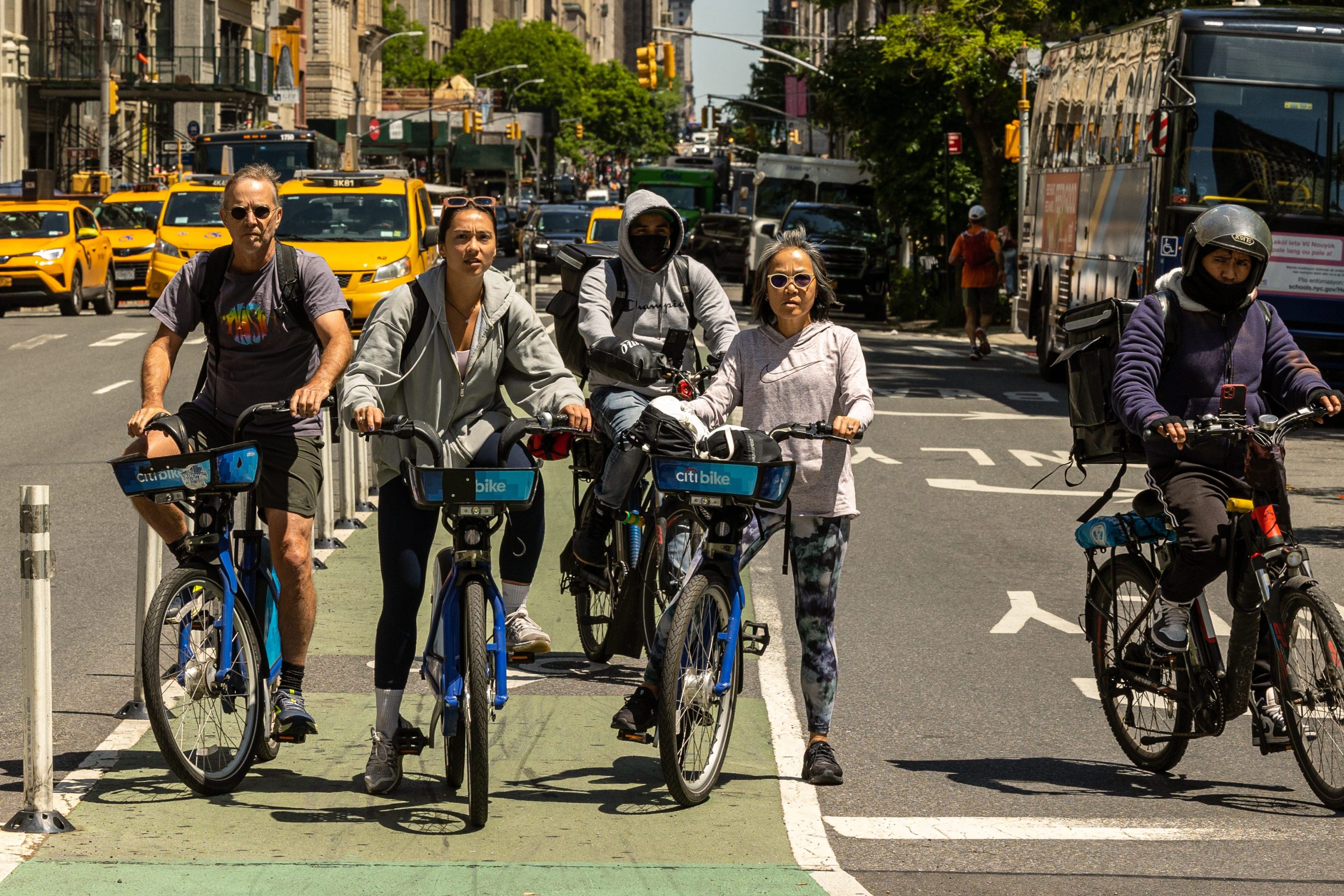At a City Council budget hearing today, Transportation Commissioner Polly Trottenberg outlined in detail how DOT plans to allocate funds for street safety over the next year.
DOT will spend $23 million to acquire the 120 additional speed cameras that were authorized by the state legislature this session, Trottenberg said, and will begin the procurement process when Governor Cuomo signs the bill into law. In her opening statement Trottenberg thanked the council for passing a home rule message in support of legislation to lower the default city speed limit to 25 miles per hour, which she said would be "invaluable" to DOT's street safety program.
On the subject of speed cameras, Trottenberg said placements will be data-driven. "We're looking at creative ways to enhance the value of cameras," she said, possibly including dummy signs that indicate an area "may be monitored."
For FY 15, Trottenberg said, DOT has allocated $13 million to redesign streets and intersections; $2 million for speed humps, including those in Slow Zones; $3 million for Vision Zero educational materials; $8 million for wayfinding signs and the City Bench program; and $19 million for public plazas. To put these numbers in perspective, DOT's total "controllable expenses" are budgeted at $493 million in FY 2015 [PDF, page 46]. The speed cameras, speed humps, and Vision Zero educational materials seem to account for the $28.8 million in DOT Vision Zero funds earmarked in Mayor de Blasio's executive budget.
The city will build the West Street and Flushing Avenue segments of the Brooklyn Greenway next year, Trottenberg said, and will complete a streetscape project on 185th Street in Washington Heights.
Other news from the hearing:
- Trottenberg said the city is negotiating with Alta as the company attempts to improve bike-share operations and attract investors. "I'm hopeful that we're going to have some good news to announce," she said. As they have at prior hearings, several council members, including Steve Levin, Brad Lander, and Jimmy Van Bramer, said that they would like to see city funds devoted to bike-share.
- Responding to a question from Council Member Julissa Ferreras, Trottenberg said DOT will try to work with existing non-profits to help maintain public plazas in areas where there are no business improvement districts.
- Council Member Robert Cornegy, who represents Bedford Stuyvesant and part of Crown Heights, told Trottenberg that wider sidewalks and removal of parking for Select Bus Service has hurt small businesses, and asked that DOT "revisit" those changes. Small businesses "want to be a part of a city that's growing," Cornegy said, "but there's been a negative impact in my district and around the city." Cornegy said SBS and wider sidewalks shouldn't reduce commercial foot traffic. Cornegy should look at the data: Local businesses saw a 73 percent increase in retail sales following the installation of Select Bus Service on Fordham Road in the Bronx.
- Council Member Antonio Reynoso said he would like to see Williamsburg be "ground zero for Vision Zero," in order to reduce pedestrian and cyclist injuries and deaths. "We really want to be treated as a guinea pig for Vision Zero," Reynoso said. Trottenberg replied that DOT is "keenly and sadly aware" of Williamsburg fatalities, and said the agency is open to trying out new safety measures there.
- Queens rep Elizabeth Crowley said she has not heard from DOT about improvements to Grand Avenue, where a curb-jumping driver ran over five children on the sidewalk outside a school last year. Trottenberg said DOT is working on improving "project delivery," which depends on funding sources.
- Trottenberg told council members that a speed hump costs $12,000, and the price tag for each Slow Zone is $150,000 to $200,000. DOT installs eight Slow Zones annually, and the schedule is full through the next fiscal year.
- After participating in a Vision Zero rally outside City Hall this morning, Upper West Side Council Member Helen Rosenthal questioned placing bike lanes on streets where businesses are located. She asked Trottenberg if DOT keeps track of how many bike lanes are on residential versus commercial streets. "Just as Council Member Cornegy was talking about bike lanes along the commercial streets [Cornegy's concern was bus lanes], it's a challenge in my district too," said Rosenthal. "And you know, this is just, for me, one of those situations where it always comes back to bite you. I pushed very hard for a bike lane on Columbus Avenue, which is a main commercial thoroughfare, and now I'm somewhat regretting that we didn't do it on West End Avenue. So it's something I'd be interested in sort of watching for the next few years, and I wanted to put that on your radar."
Officials from the MTA and TLC also testified before the council. We'll have more on the hearing tomorrow.




